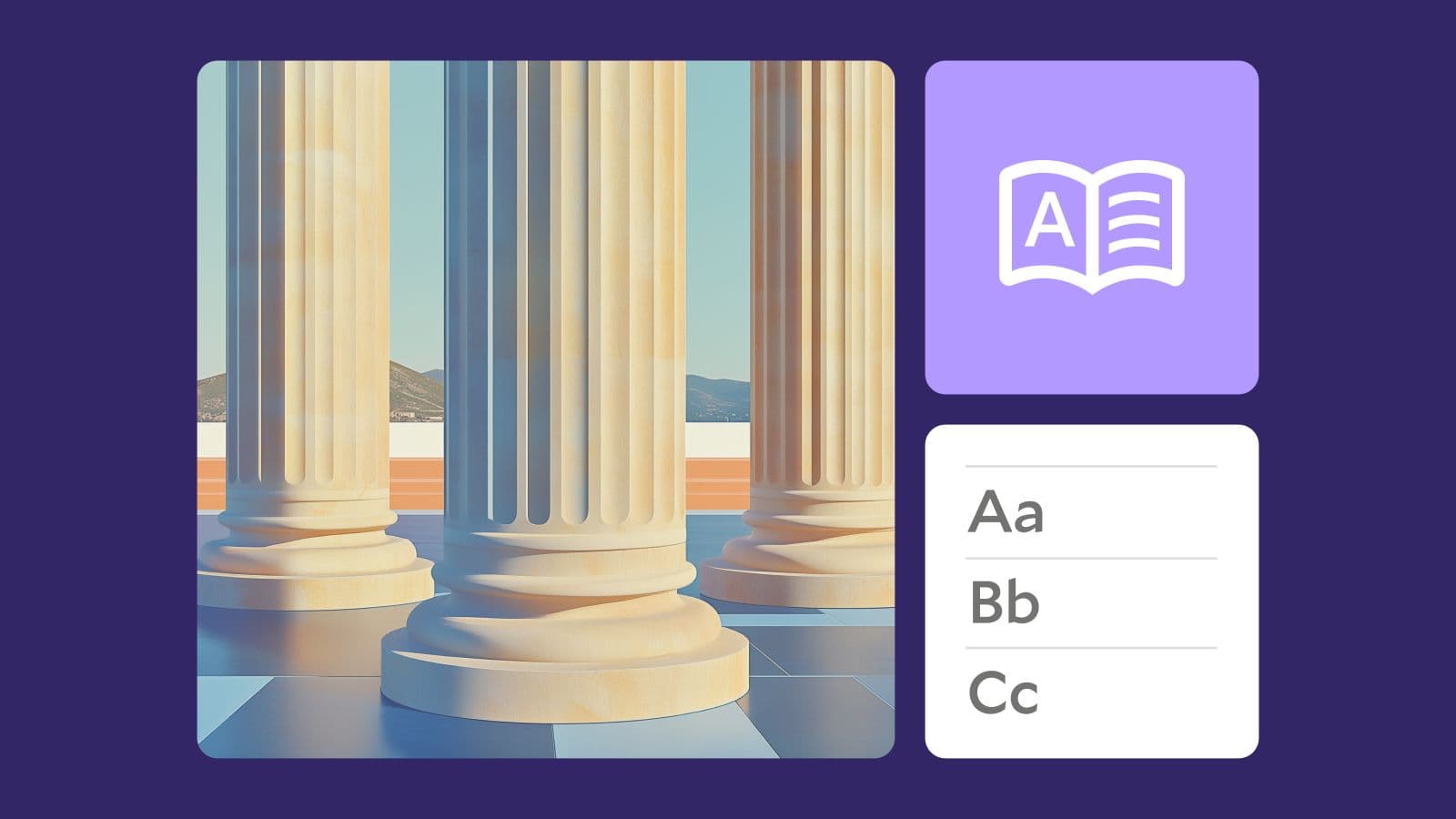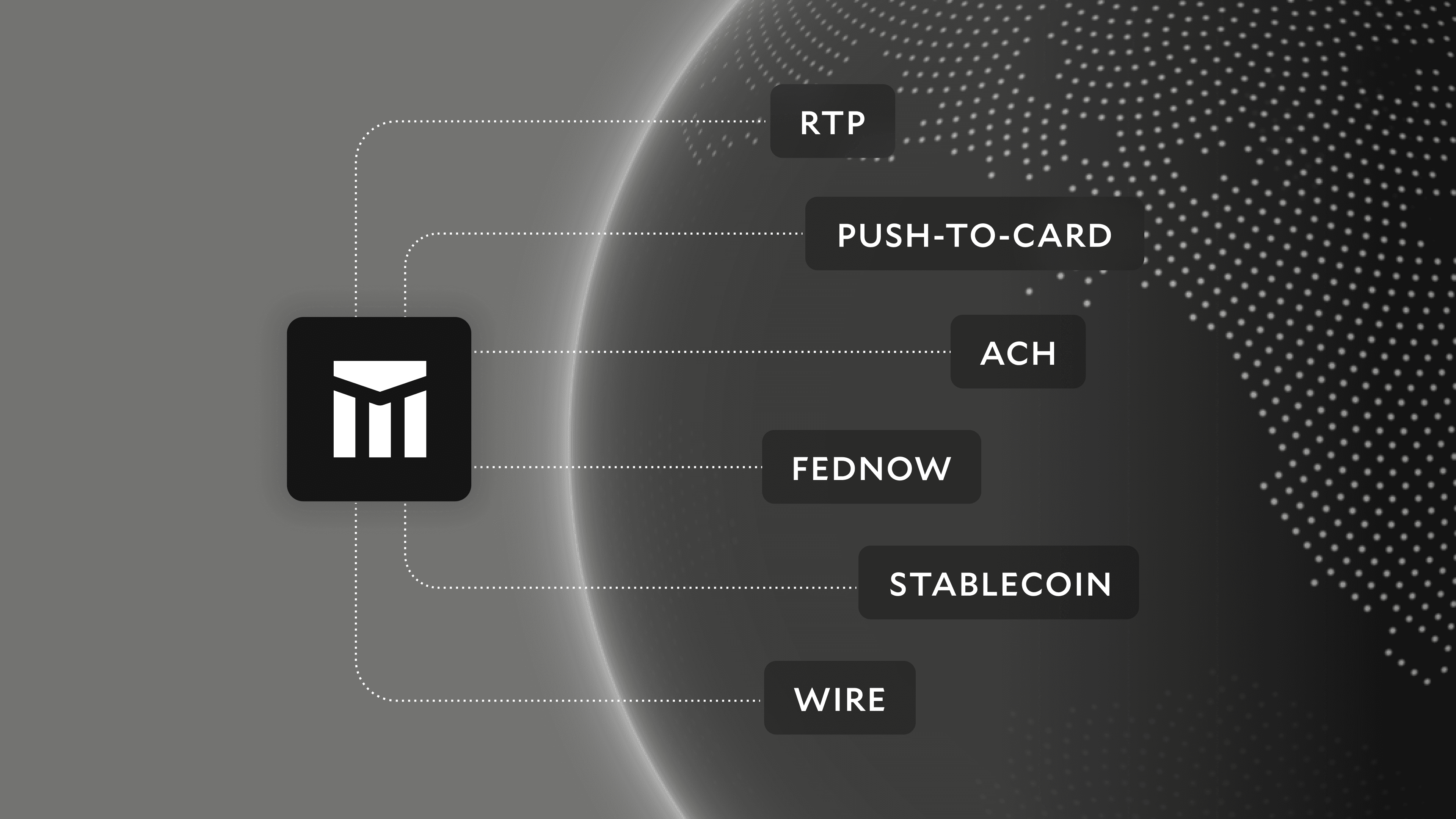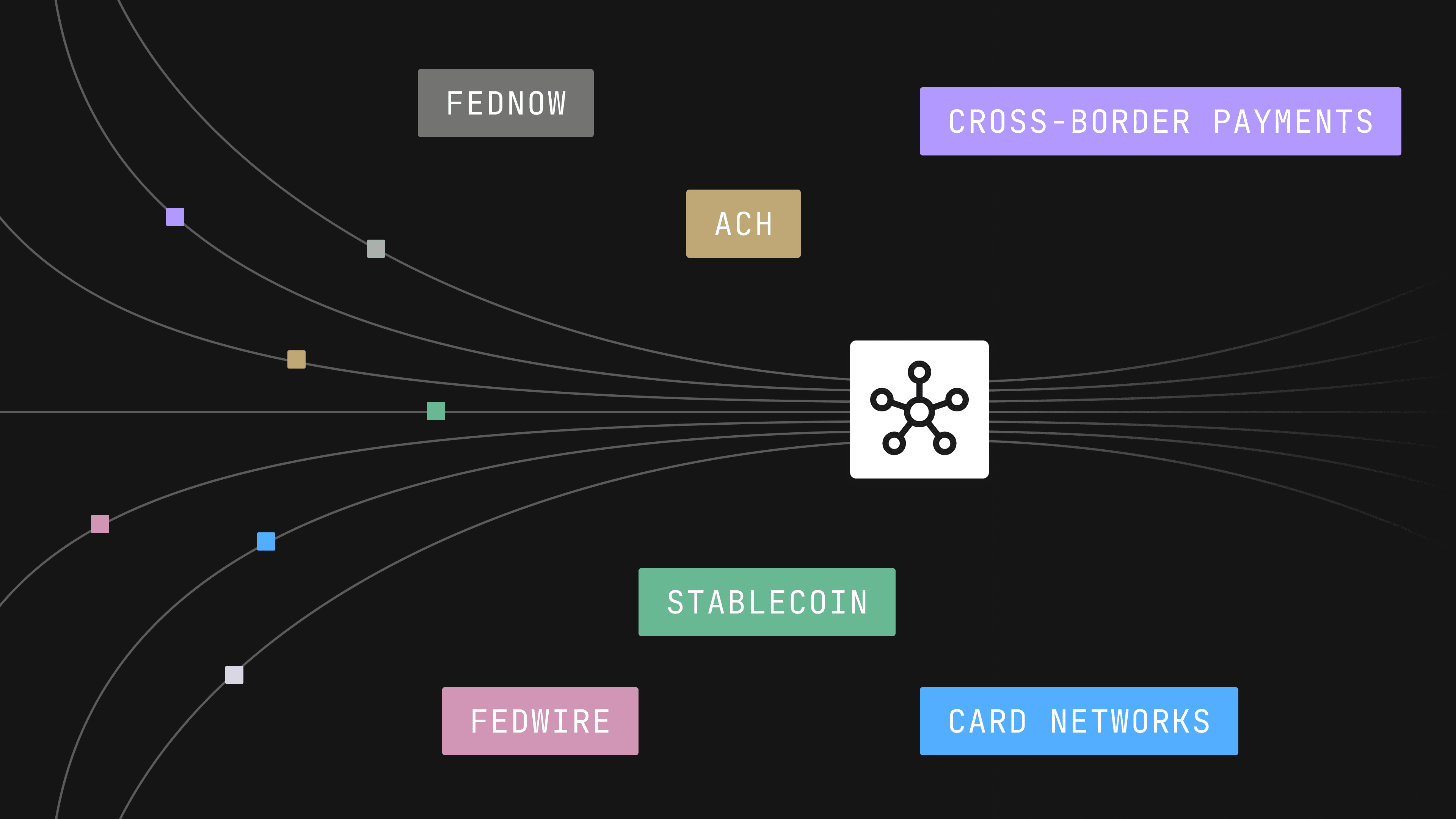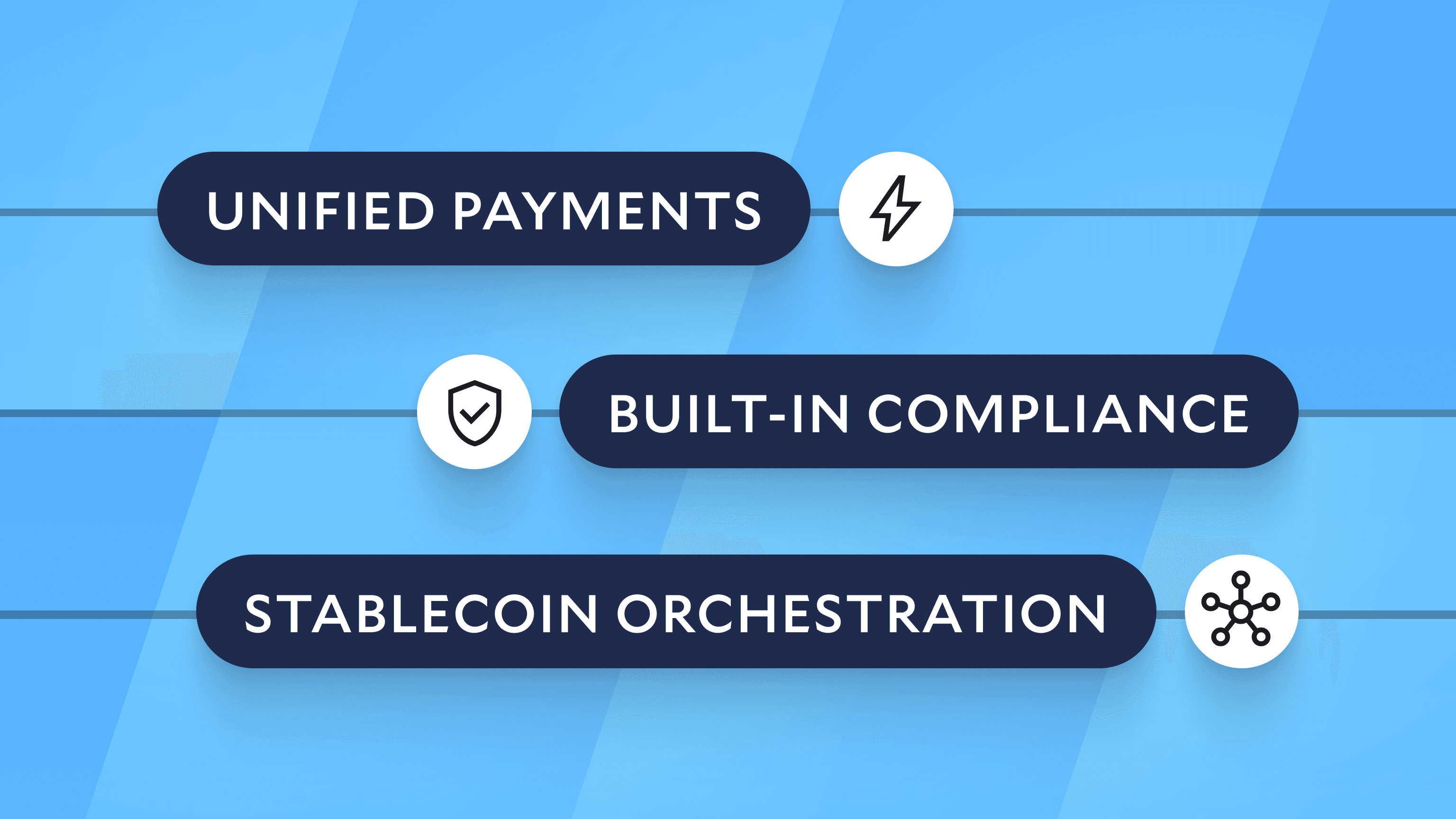Modern Treasury and Paxos Make It Easier for Businesses to Move Money with Stablecoins.Learn more →
A Complete Primer to Real Time Payments in the US
You may have heard of Real Time Payments (RTP) and wondered what that is. We thought it would be helpful to create a post that could serve as an overview of RTP, a new payment method that is coming to the US in the next couple of years.

You may have heard of Real Time Payments (RTP) and wondered what that is. We thought it would be helpful to create a post that could serve as an overview of RTP, a new payment method that is coming to the US in the next couple of years.
The US economy runs primarily on three main methods of payment: wire, ACH, and credit card. These payment options have not changed in decades.
But for the first time in forty years, the US is about to get a new type of payment method, called Real Time Payments (RTP).
Through RTP, payments will be available 24/7/365, instantly, and without requiring invoices. But how?
First, let’s talk through a bit of history.
Since the earliest days of commerce in the US, banks operated on cash and paper checks. Then, in the 1960s, a few California banks came up with a clearinghouse for electronic payments, and in 1972 the California Automated Clearing House Association was born. As other regions started to mimic California, GACHA, UMACHA, and NEACH were born around the country. In 1974 these regional associations came together and the Automated Clearing House (ACH) network was born under NACHA.
ACH payments are the payments we’re all familiar with in the US that typically take three days to clear and come directly out of our bank accounts. ACH is commonly used to disburse payroll, collect utility bills, pay rent, and pay credit card bills, among other day-to-day payments. When you ask Venmo to send money back to you by requesting money from a friend or pull money out of your account, Venmo makes an ACH payment.
The main alternative to ACH is wires. Remember, ACH takes one to three days to clear and is reversible (i.e., you can dispute it and reverse it after the fact). Wires, on the other hand, are immediate and irreversible. They are also expensive. Wires are typically used to fund large-ticket items such as house purchases, medium to large loans, or equity and debt investments in companies.
What’s wrong with what we’ve got?
The holy grail for the payment industry is to (a) make payments instant, (b) eliminate payment reversals (for example, “insufficient funds” if the payer did not actually have the funds to fund the transaction), and (c) hold enough information in a messaging bus around the payment so that it is easy to reconcile.
How did we get here?
After years of the industry meeting and working together, Real Time Payments (RTP) is now finally getting rolled out around the US. This is the first time the US is getting a new payment rail in 40 years.
The first RTP payment was made in November 2017 by BNY Mellon, and the sponsoring organization, The Clearing House (TCH), claims that roughly half of all US bank accounts can receive an RTP payment today. They expect all banks to be up and running on this new payment rail by 2020. Whether that happens on time or not, it’s very likely that a real-time payment system is on its way to playing a significant part in daily US commerce.
What are the main benefits of RTP? There are a few key benefits to RTP:
- Payments can happen instantaneously, 24/7/365. What this means for finance groups is that they won’t have bank-imposed daily breaks they currently use to sort out what happened that day. Good or bad, it will drive finance teams crazy unless they have the right software tools in hand. This also means payments can occur over the weekend or on holidays. This makes it easier to operate internationally.
- “Insufficient funds” returns will disappear, replaced by immediate confirmation. In the ACH setup, when a company debits an individual’s account, the company’s bank will credit the amount for 3 business days, during which time the individual’s bank can refuse the payment due to insufficient funds (or a number of other reasons). This causes lots of issues: for example, rent companies might send 1,000 debits for rent on the first of the month, and not know if they all cleared until the 4th. In the RTP setup, this is fixed because the sending bank is responsible for verifying there’s sufficient funds in the sending account, so the payment clears right away.
- Better messaging and notifications. RTP allows for richer messaging to go along with each payment. That means that many of the reconciliation problems that currently exist are resolved. Invoices, which are a mainstay in tracking why payments occur, could be eliminated with these stronger messaging protocols.
Because it’s a new system, there are drawbacks. The two main faults are:
- There’s a $25,000 limit for now, although this will grow over time.
- Only 50% of accounts are able to receive it for now. This is likely to increase, and by 2020 the sponsoring organization, TCH, expects it to reach close to 100% coverage.
At Modern Treasury, we’re interested in enabling our customer’s systems for RTP from day one, so they can take advantage of this new payment method right away. Contact us if you’d like to pilot an RTP system today.








